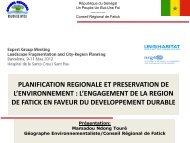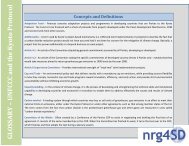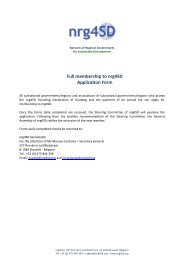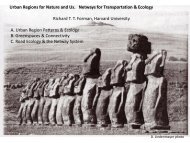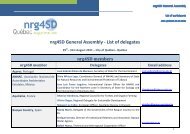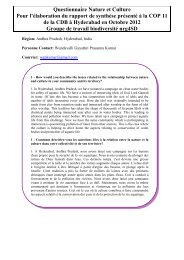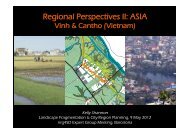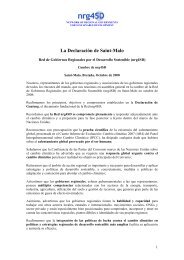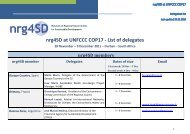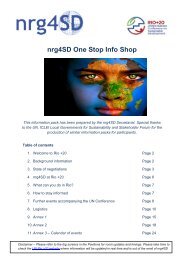Post 2015 Development Agenda: Guidelines for Country ... - nrg4SD
Post 2015 Development Agenda: Guidelines for Country ... - nrg4SD
Post 2015 Development Agenda: Guidelines for Country ... - nrg4SD
- No tags were found...
Create successful ePaper yourself
Turn your PDF publications into a flip-book with our unique Google optimized e-Paper software.
Child Participation in the UN Study on Violence Against ChildrenSave the Children Sweden A Workshop Report ( Clare Feinstein, Ravi Karkara, Sophie Laws), 2004This report is from a one-day workshop on child participation in the UN Study on Violence againstChildren held in Geneva on 1 April 2004. The report sums up reflections on how children can beinvolved in the process in meaningful and ethical ways.Child-friendly version of the UN StudyThis paper examines the role of child agency in child protection. It recognizes that childprotection ap-proaches can be ineffective, and even counterproductive, when the localcontext is not given sufficient attention. The prevailing child protection models — child rescue,social services and medical models — commonly neglect local community assets, including therole of children themselves. Yet, in many cases, these assets may play a critical role, particularlywhen family and community are the primary line of de-fense to protect children from violenceand exploitation. Rethinking child protection from a rights per-spective requires building onempirical and theoretical understandings of child agency and child devel-opment, and theinteractions between them. The first section of the paper begins by reviewing the liter-atureon child agency, identifying what is understood (or not understood) about child agency inrelation to child protection. The review itself also only examines materials produced inpreparation <strong>for</strong> the UN Secretary-General’s Report on Violence against Children and the WorldReport on Violence against Chil-dren. The concluding section of this paper argues that the useof child agency, or its closer realignment to child participation, will help to reveal how childprotection initiatives and practices have often failed to recognize the role of context and theenvironment-dependent nature of child development. Reframing child protection throughthe lens of child agency recognizes the multifaceted, ever-changing nature of family andsocietal structures, and draws attention to the individual in relation to the multitude of contextualfactors that affect and are affected by the child. Embracing child agency will createopportu-nities to devise interventions to address violence against children at the individual,collective or proxy levels.Citizen Jurieshttp://www.peopleandparticipation.net/display/Methods/Citizens+Jury.Citizen Planning Cellshttp://www.peopleandparticipation.net/display/Methods/Planning+Cell.http://www.planet-thanet.fsnet.co.uk/groups/wdd/99_planning_cells.htm.http://pgexchange.org/index.php?option=com_content&view=article&id=134&Itemid=123.Sellereit, Kaitlin, “Planning Cells,” Participedia.net. 2 June 2010.<strong>Post</strong>-<strong>2015</strong> <strong>Development</strong> <strong>Agenda</strong> Process: Guideline <strong>for</strong> Consultations67



